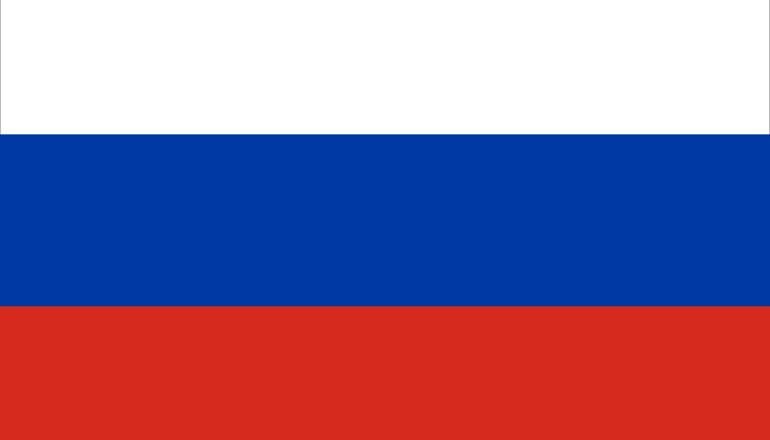What are Country Codes?
Country codes, also referred to as international dialing codes or dialing prefixes, are numerical prefixes used when making phone calls from one country to another. Each country is assigned a unique country code, typically consisting of one to three digits. These codes are used to identify the destination country and are dialed before the national telephone number.
Importance of Country Codes
Country codes play a crucial role in international telecommunications. When making an international call, the country code helps route the call to the correct destination country. Without the appropriate country code, the call may be misrouted or not connected at all.
Country codes are essential for various reasons:
- Ensuring accurate call routing: By dialing the correct country code, the call is directed to the intended country. This helps in avoiding any unnecessary delays or misdirection of the call.
- Identifying the origin of a call: Country codes also provide information about the origin of a call. By looking at the country code, one can determine the country from which the call is being made.
- Enabling international communication: Country codes enable individuals and businesses to communicate across borders. They make it possible to connect with people in different countries, fostering global communication and collaboration.
How Country Codes Work
Country codes are dialed before the national telephone number when making an international call. The specific format for dialing a country code may vary depending on the country and the service provider. However, there are some common conventions:
1. International Access Code: Before dialing the country code, you typically need to enter an international access code. This code allows you to make international calls from your country. The international access code can vary, but it is often represented by a plus sign (+) or a specific numeric code, such as “00”.
2. Country Code: After dialing the international access code, you enter the country code for the destination country. This code identifies the country to which you are placing the call.
3. National Telephone Number: Finally, you dial the national telephone number of the person or business you are trying to reach. This number, combined with the country code, ensures that the call reaches the correct destination.
Examples of Country Codes
Country codes are assigned to each country by the International Telecommunication Union (ITU). These codes are standardized to ensure consistency and avoid confusion in international communications. Here are a few examples of country codes:
- United States: Country Code 1
- United Kingdom: Country Code 44
- Canada: Country Code 1
- Australia: Country Code 61
- Germany: Country Code 49
- China: Country Code 86
It’s important to note that country codes can change over time. New codes may be assigned as new countries emerge or existing codes may be modified. It’s always a good idea to double-check the current country code before making an international call.
Conclusion
Country codes are essential for international telecommunications, allowing individuals and businesses to connect with people in different countries. By dialing the correct country code before the national telephone number, calls can be accurately routed to the intended destination. Understanding country codes and their importance ensures smooth and efficient international communication.







